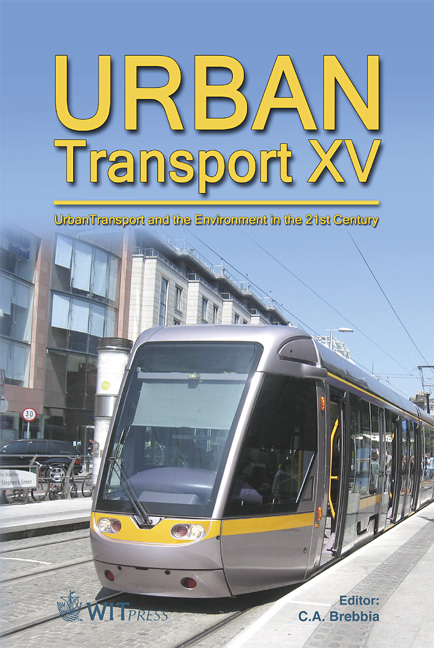Visibility, Perception And Roundabout Safety
Price
Free (open access)
Transaction
Volume
107
Pages
12
Page Range
577 - 588
Published
2009
Size
793 kb
Paper DOI
10.2495/UT090511
Copyright
WIT Press
Author(s)
A. Pratelli & R. R. Souleyrette
Abstract
In Italy, over the past fifteen years, modern, or second generation roundabouts have become very popular. On these roundabouts, entering vehicles must yield to vehicles already within the circle. This modern design provides for much higher capacity of operation. Although first implemented in the UK in the 1960s, it took twenty years for the second generation to begin to spread to other European countries. Between 1987 and 2002, in particular, Germany, France and Switzerland conducted research that led to standards techniques that, along with English ones, now comprise the major technical references. The causes of the delay in implementation are uncertain and the subject of much speculation. The United States has only recently begun implementation, as it was not until the 1998 version did a chapter on roundabouts appear in the Highway Capacity Manual (developed further in the 2000 edition). In Italy, the first standards were proposed for the 1993 New Road Code, but it was not until 2004 that the standards were passed through national legislation. However, these codes are approximate and inadequate, and lack elementary technical foundations (see for instance Art. 4.5 of D.M. 19/04/2006, no.1699). A quick calculation for 4 legs and 60 meters diameter is sufficient to demonstrate its failure and infeasibility. The design of a roundabout, like that of any other road element, should be based on principles of safety, and should be deployed in a systemic context that combines geometric characteristics to meet capacity requirements – the perception of road space is also important. When designing a roundabout, the engineer should consider simultaneously both safety factors and capacity. But in addition to using geometric standards, formulas and models, aspects of perception and visual appeal should be considered. Keywords: roundabout design and safety, roundabout visual perception, inner island visual appeal and appraisal, solid angle.
Keywords
roundabout design and safety, roundabout visual perception, innerisland visual appeal and appraisal, solid angle





